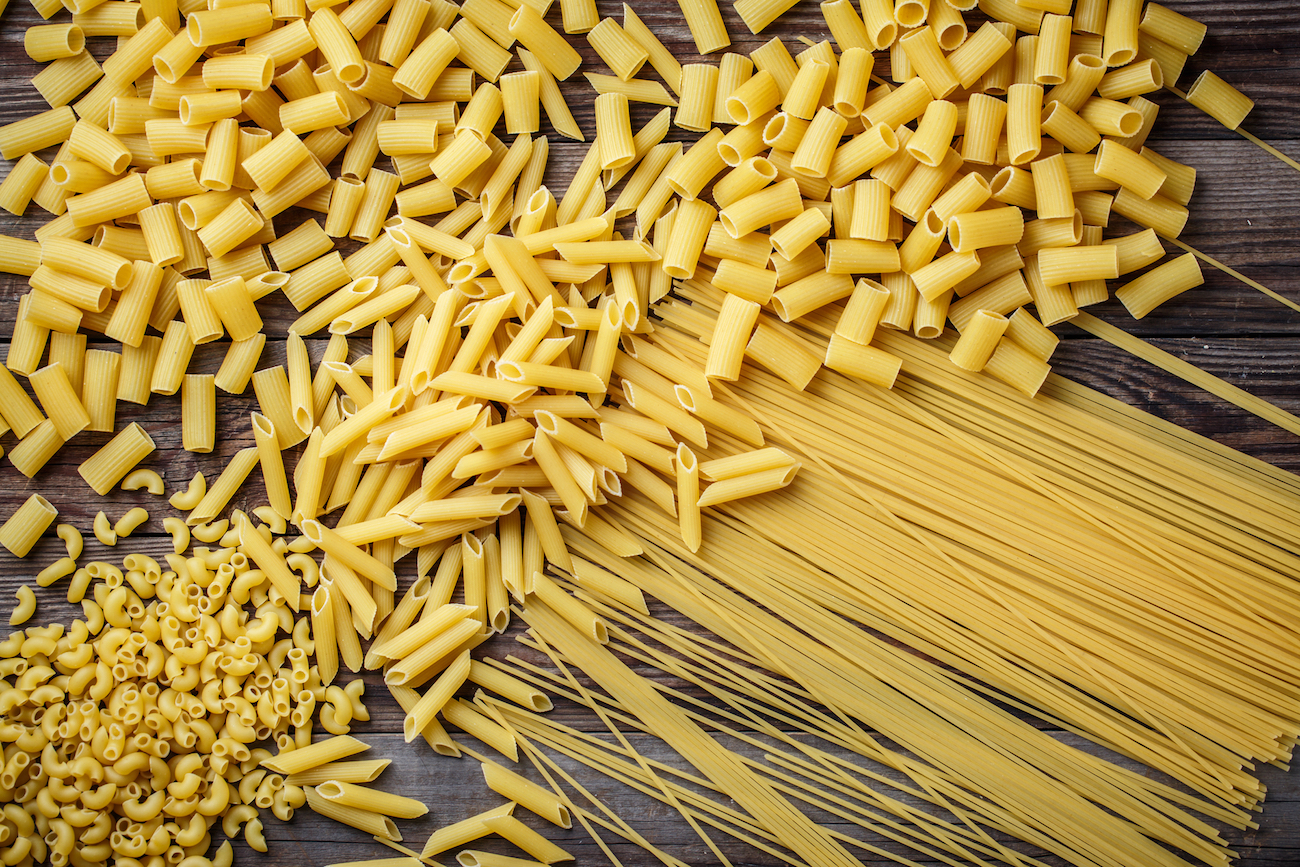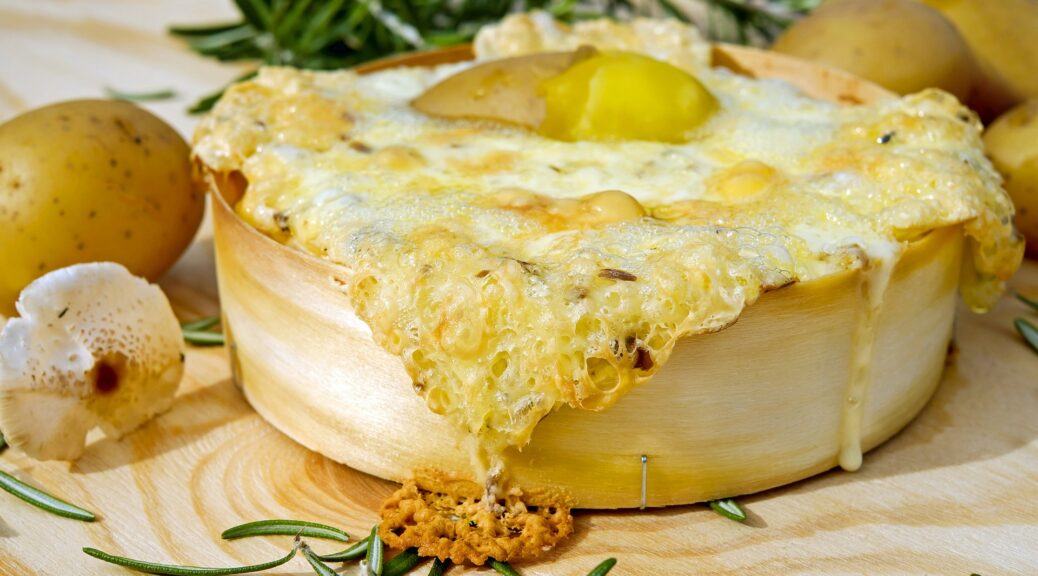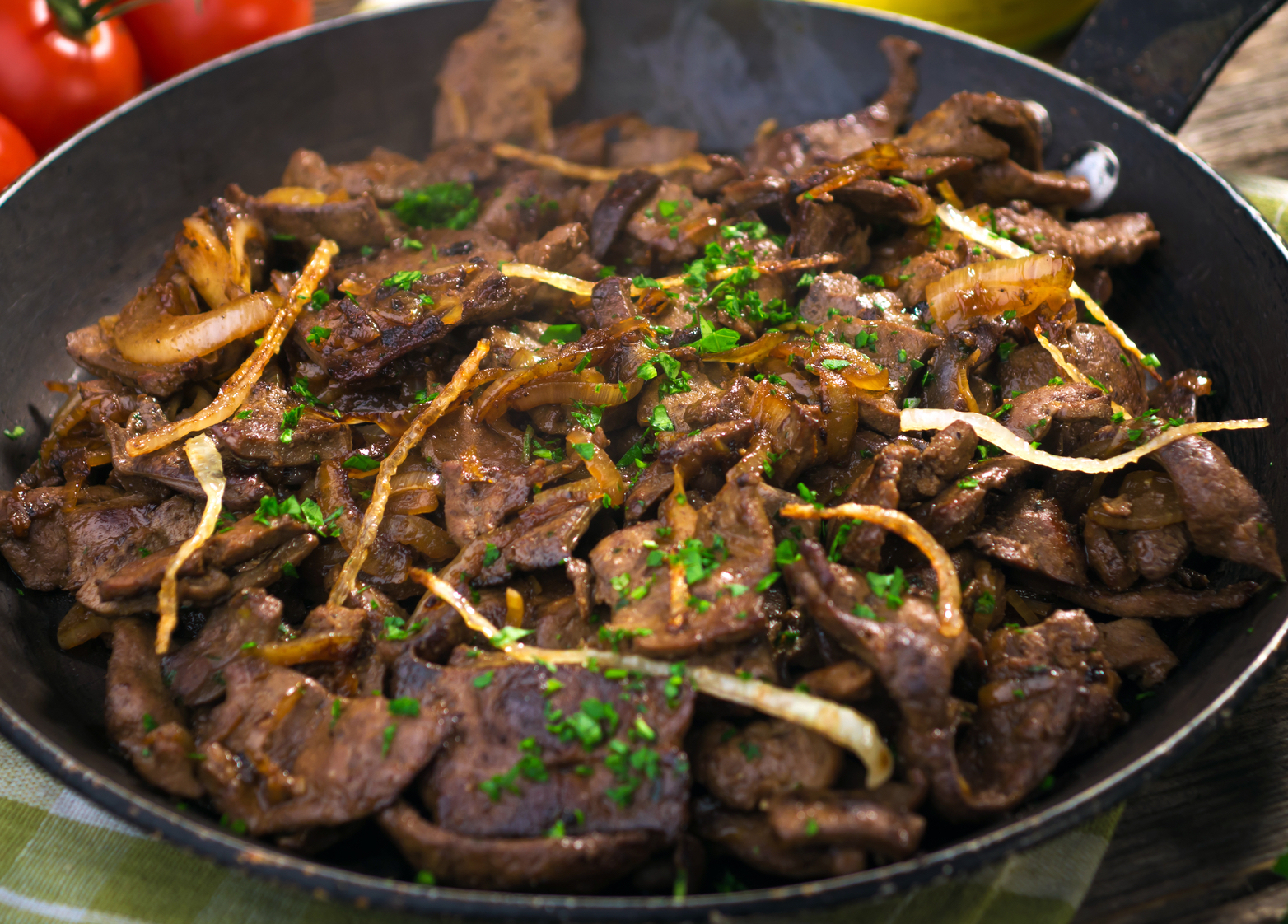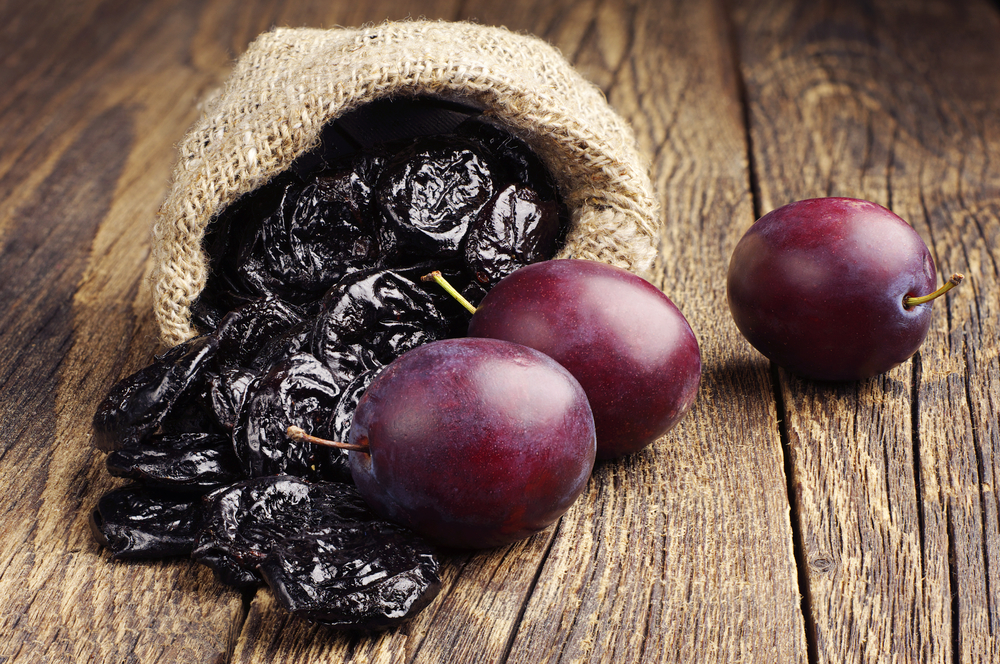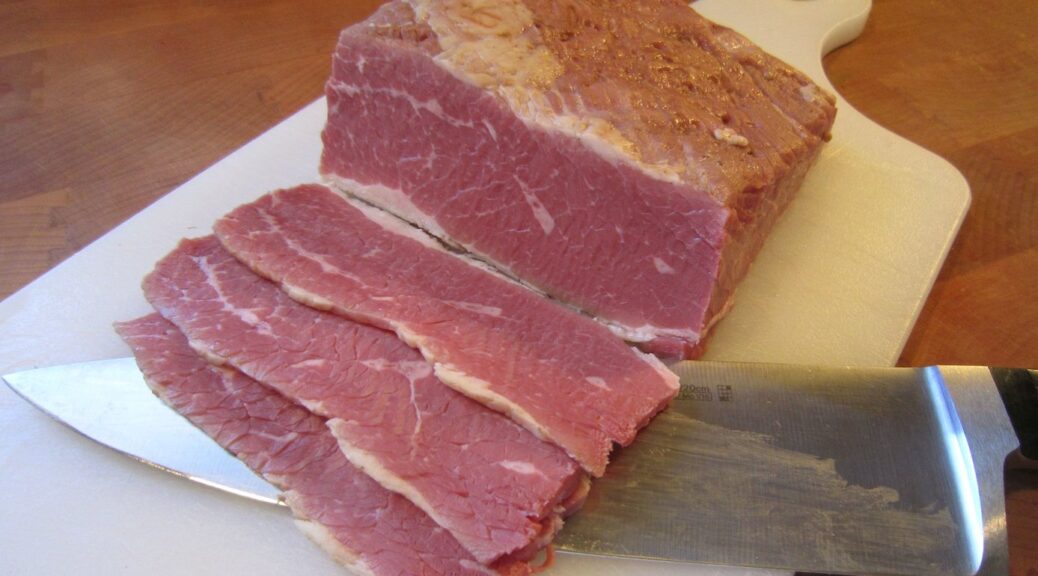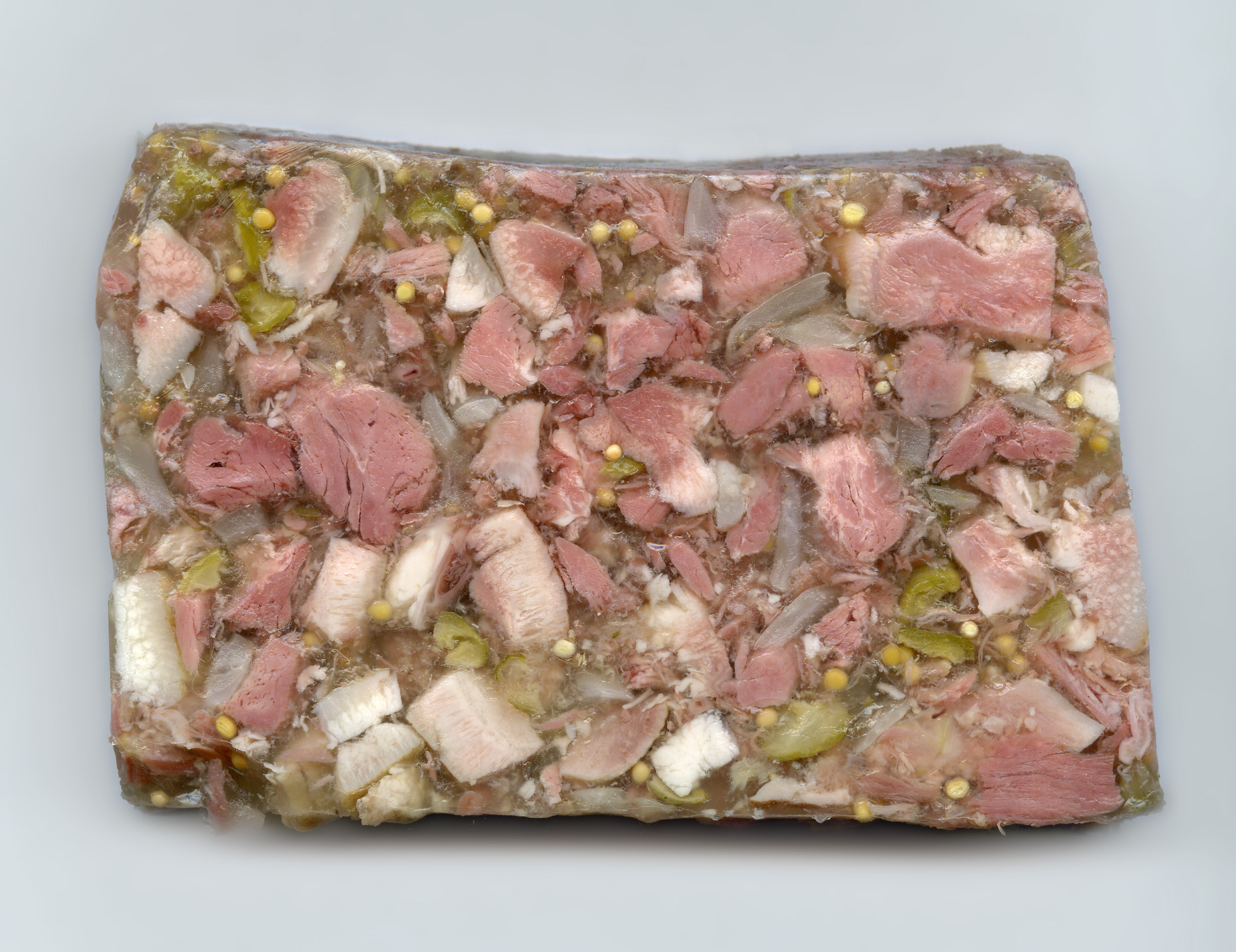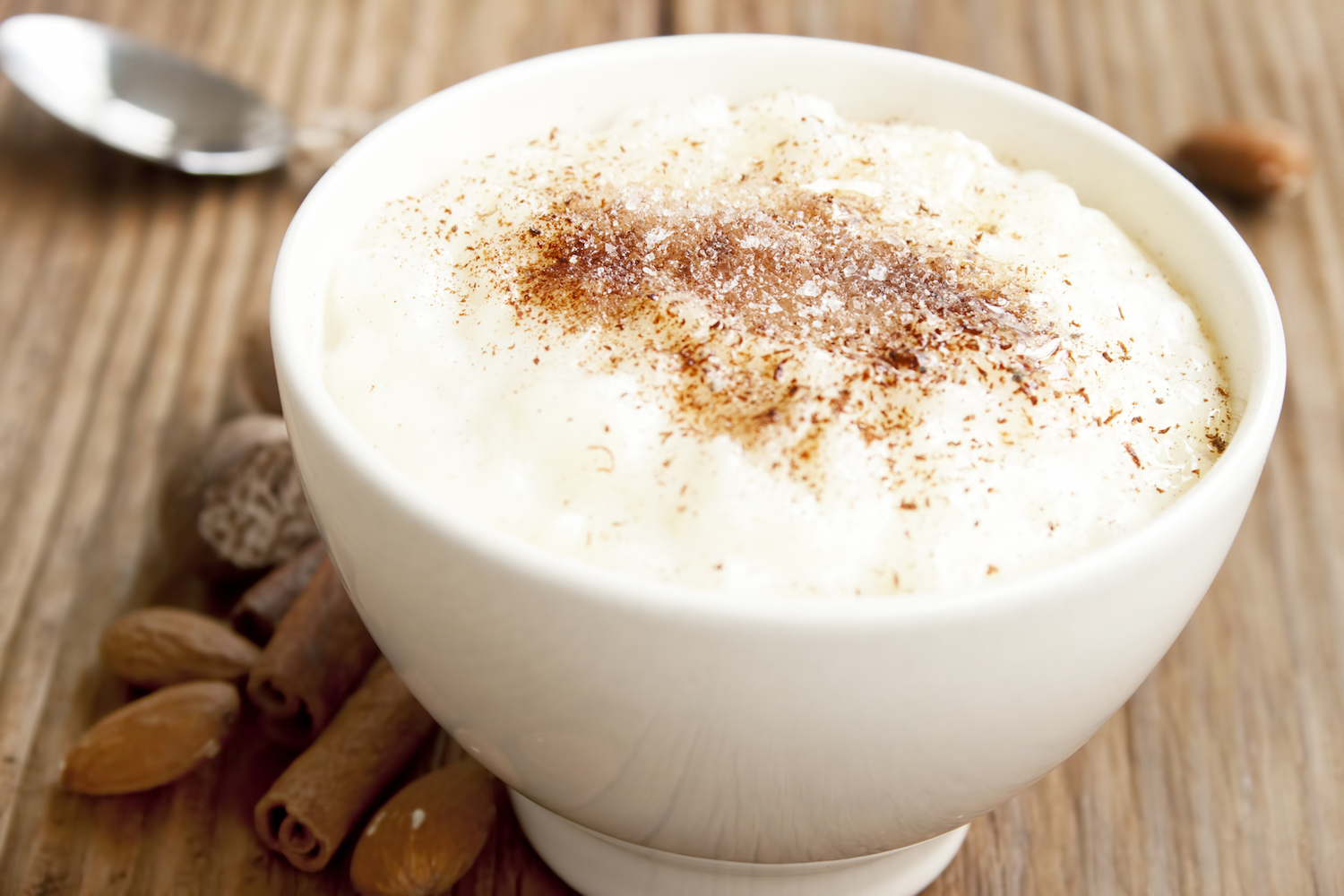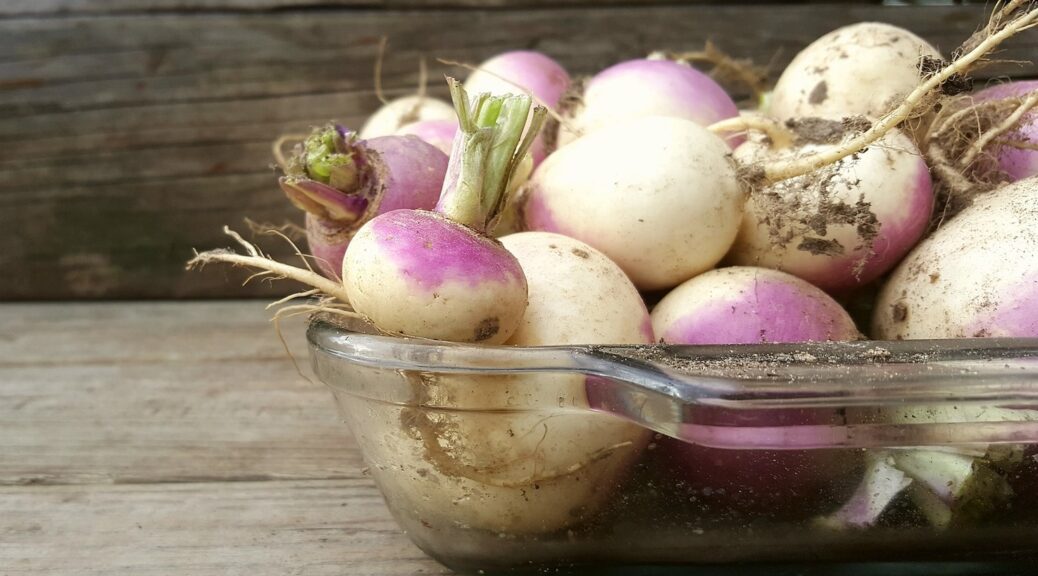Pasta Introduced to the U. S. (With Recipes)
Thomas Jefferson was the US Minister to France from 1785-1789 and enjoyed the many pasta dishes served there. He brought back macaroni and other noodle recipes, plus a pasta machine. When he became president, he served macaroni and cheese at an 1802 state dinner. Macaroni was sold in long tubes, then broken into smaller pieces when ready to cook. Kraft Foods introduced its boxed macaroni and cheese in 1937, during the Great Depression. With rationing in effect during World War…
